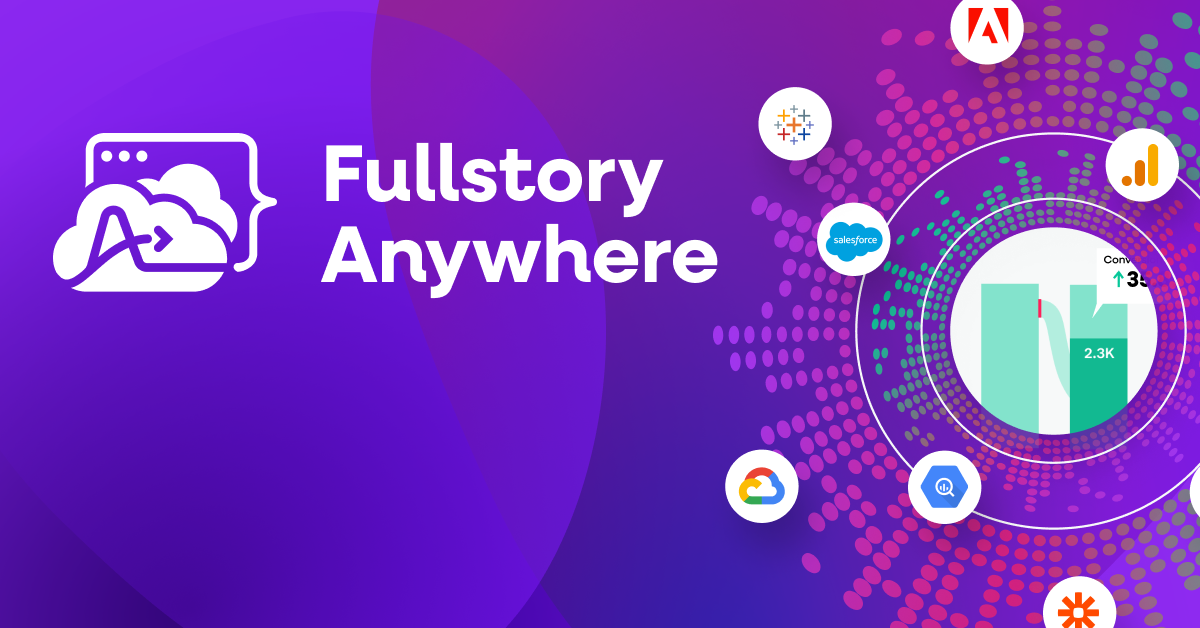Article summary: In the final post in our series on strategic digital transformation, we hear from Bjorn Borstelmann, CEO at Pirate Ship. Pirate Ship is a digital-first brand that makes shipping packages fun and cheap for small businesses, helping these businesses unlock shipping discounts they can use to stay competitive. Bjorn shares digital lessons learned and his perspective on the future of commerce.
Cap’n Bjorn, CEO at Pirate Ship, shares his perspective on digital and tips for success as the leader of a digital-first brand
Q: Can you tell us a little about Pirate Ship and what your company does?
Bjorn: Pirate Ship makes shipping packages fun and cheap for small businesses. Shipping is the biggest expense for most businesses, because they simply don’t have the volume to negotiate better rates. Pirates make fierce negotiators, so we’ve unlocked the discounts small businesses need to compete, and pass them through for free at pirateship.com.
Q: What does the term “digital transformation” mean to you?
Bjorn: The entire retail industry is moving online, and the pandemic just accelerated how fast that’s happening. Who wants to open a brick-and-mortar store anymore?
The numbers confirm Bjorn's point. See below for online shopping statistics and predictions for 2020 and beyond:
2020 ONLINE SHOPPING STATS AND PREDICTIONS VIA EMARKETER
“In Q2 2020, US retail ecommerce sales grew by almost a third (31.8%) from the previous quarter, or 44.5% year over year. That’s $211.51 billion in Q2 2020, up from $160.41 billion in Q1 2020. ...
… ecommerce picked up nearly 5 percentage points in the total retail market over just one quarter, accounting for 16.1% of all retail sales in Q2. We estimate that ecommerce will make up 14.5% of US retail sales this year, up from 11.0% in 2019��—the largest year-over-year increase since we began measuring the channel in 2008.
We also expect ecommerce to retain this increased share of the retail market … Even as stores reopen and brick-and-mortar sales rebound, we forecast that ecommerce will lose just a 0.1% share of total retail sales in 2021, before gaining more than 1 percentage point each year through 2024. By then, US ecommerce sales will surpass $1 trillion and represent 18.1% of total retail sales in the US.”
“US Ecommerce Sales Grew Nearly a Third in Q2” via emarketer
Q: Are conversations about the digital experience common at top levels within your organization?
Bjorn: Ultimately no matter what business you’re in, what you’re really selling is a customer experience. We’ve built our entire company around delivering an experience that stands apart not only from the rest of our industry but from the rest of the world. Having your entire team aligned to that vision is critical. If anybody isn’t seeing the writing on the wall, especially at the executive level, they’re just going to distract you.
Original research from Fullstory further validates the importance of digital as an executive-level priority:
EXCERPT FROM FULLSTORY'S 2020 STATE OF DIGITAL EXPERIENCE REPORT
"According to the data, organizations that report being able to deliver an ideal digital experience “always” or “often” are 31% more likely to have an executive who is responsible for the digital experience than organizations that report only “sometimes” delivering an ideal digital experience.
While multiple executives may be accountable for digital success at some organizations, the key is to ensure that digital is a priority at the very top level of the organization. And that someone or someones with organizational influence are accountable for that success.
The “digital experience” is massive, encompassing your brand’s digital marketing channels, sales channels, product experience, customer support and feedback channels, and more. It is truly cross-functional, cross-departmental, cross-banner—and to bring all of the pieces together, there must be executive-level oversight."
Q: Does your organization have clear goals for digital experience? How do these goals trickle down throughout the organization?
Bjorn: Key performance indicators and metrics are helpful feedback tools to indicate whether you’re going in the right direction, and you should always be measuring so you can look for patterns… but to be honest, creating a good digital experience isn’t about trying to make the numbers move.
You need to put yourself in your customer’s shoes and see what it’s like for them to interact with your business. Are they hitting weird roadblocks? Is it understandable for somebody who doesn’t know what they’re doing? Does it create excitement or frustration? Everybody in our company pays attention to the customer experience and we all strive to make it better every day.
Q: What are the most important elements of a strong digital experience strategy?
Bjorn: The most universal idea is you should never have a customer in the middle of your experience saying, “I wonder what I need to do next.”
Digital experience analytics platforms—like Fullstory—give your digital teams insight into how customers are interacting with your digital experience, so that you can quickly identify where customers might be experiencing confusion, why they're experiencing confusion, and how you can fix it. Learn more in the video below:
Q: What are the most important lessons more traditional brands can learn from disruptors?
Bjorn: Here are my top three lessons:
Test your ideas in the real world. We’re constantly trying new ideas to iterate our business, whether it’s new offerings, little tweaks to policies, or giant shifts behind the scenes.
Get out of your comfort zone, there’s no new opportunities there. If we’re ever getting bored, so are our customers.
Disrupt yourself or you’ll be disrupted. When we get the feeling that something we’ve been working on has been perfected, we start looking for what we’re missing, which often points us to entirely new approaches.
Did you miss the first two posts in our digital transformation series?
Read part I featuring Margaret Wise, Chief Revenue Officer at digital consultancy, Arke. Margaret shares how organizations can lay the groundwork for strategic digital investment and transformation →
Read part II featuring insights from Michael Moore, CIO / CTO at leading outdoor goods retailer, Moosejaw Mountaineering. Michael shares how to shift organizational culture to enable digital transformation →




